Photo via Okadoc
Most people feel more thirsty than hungry when breaking their fast in Ramadan, the holy month in which millions of Muslims fast from dawn to sunset. Just like some savory dishes and desserts are considered Ramadan specials, some drinks, too, are staples throughout the month.
As the holy month is just around the corner, these are some cold traditional beverages that will keep you hydrated and ease your fast. Whether you’d like to buy them readymade from street vendors or supermarkets, or you want to make your own at home, they are a must-try during Ramadan.
Amar El Deen
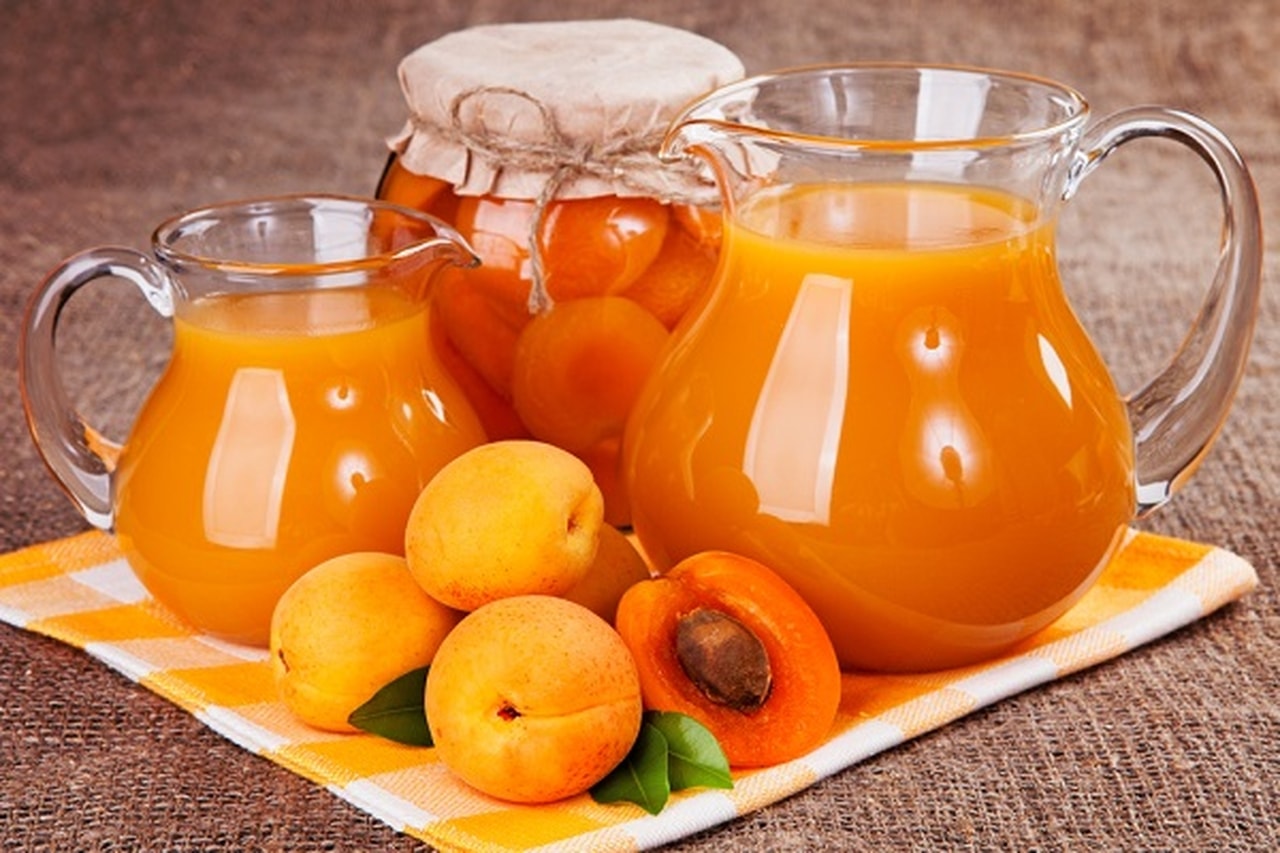
A traditional drink that’s usually forgotten until the month of Ramadan arrives, Amar El Deen is a refreshing cold apricot nectar, and one of the most popular Ramadan beverages in Egypt. Due to its sugary taste and ingredients that help in digestion, it is often an ideal starter for breaking one’s fast before food.
To prepare: Soak the dried apricot in water overnight, then blend with water and sugar until there are no lumps. Refrigerate, and pour into glasses to serve. If you like apricots, this will be your favorite part of iftar.
Tamr Hindi
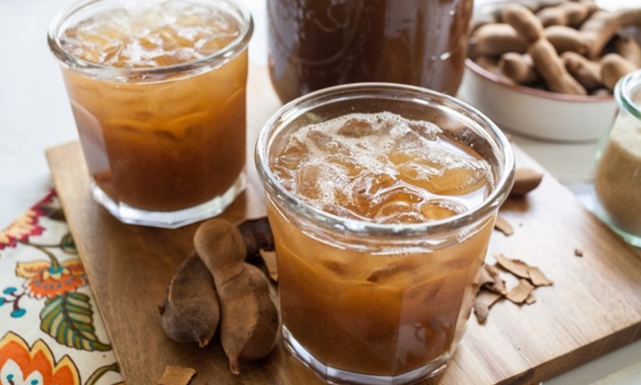
Tamr Hindi is another Ramadan classic that is popular across the Middle East, not just in Egypt. A refreshing drink with subtle sweet and sour taste, Tamarind or Tamr Hindi is claimed to have antibacterial properties. One of the main reasons for its popularity during the holy month is that it boosts metabolism and helps in digestion; a struggle for many who are fasting.
To prepare: Add water and tamarind in one pan and cover it overnight. The next day, add three cups of sugar to that pan, heat it, stir the mixture well, until it starts to boil. After 15 minutes, strain the mixture in a bowl, then pour it in glasses or bottles and refrigerate to serve cool.
Kharoub
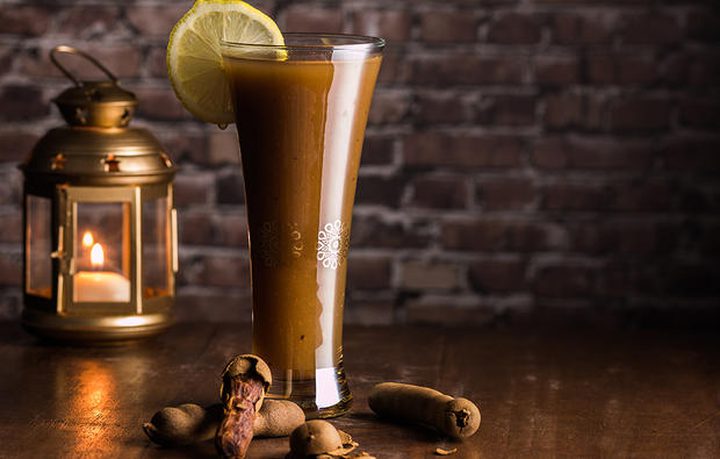
Rich in fiber, protein, and antioxidants, Kharoub is native to the Mediterranean region. With a slightly sweeter taste than chocolate, Kharoub or Carob juice has a thicker consistency than other drinks, but is quite nutritious and tasty in its own way.
To prepare: After soaking the carob pods overnight, move it to a pan, along with its water, and let it boil for around one hour, while keeping it covered. The next step is to drain the drink into a pitcher, remove the carob pieces, add sugar, mix, and refrigerate.
Khoshaf
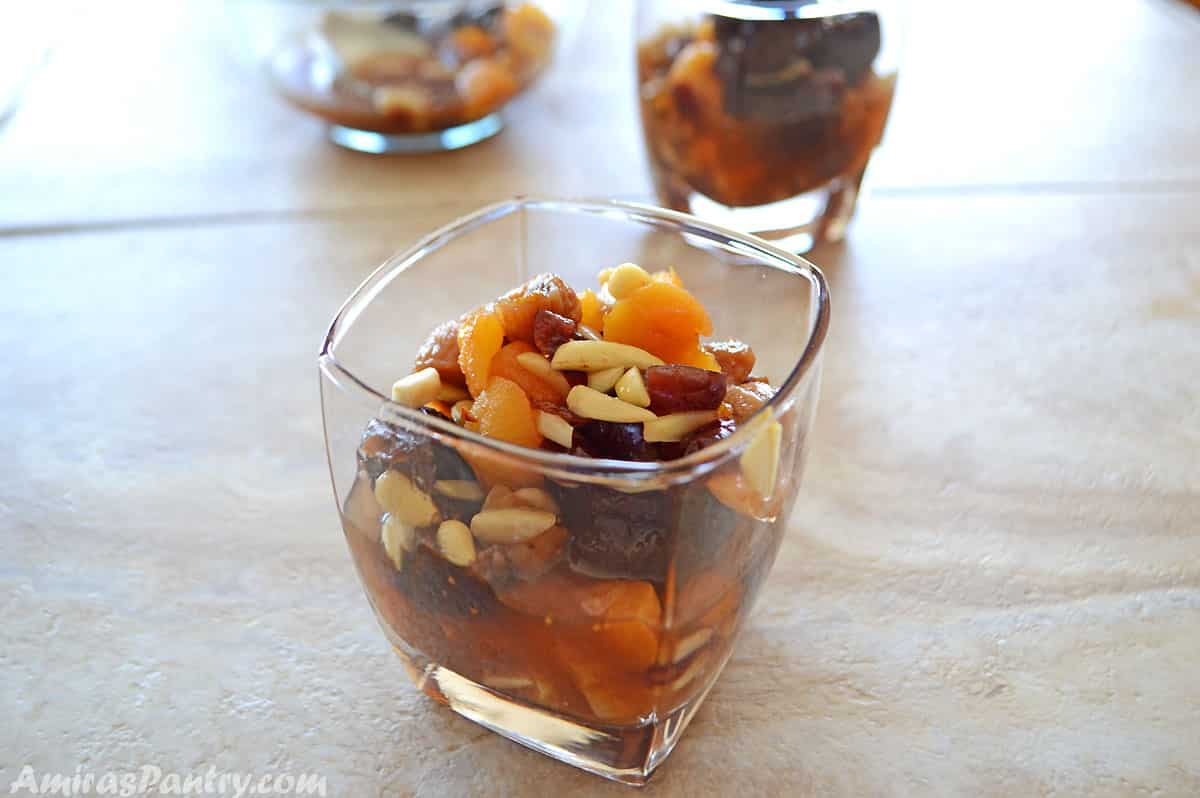
Khoshaf or dried fruit compote is more than just a flavorful juice that will compliment your iftar table; it needs no culinary skills because it is extremely easy to make. Although not very common nowadays, it remains a family favorite in many Egyptian households.
To prepare: Cut dried apricots, figs, and prunes. Pour water in a large bowl, add sugar and stir, and add orange blossom or vanilla. Add the fruits into the bowl and keep it in the fridge overnight. You can add nuts if you like before serving in small bowls.
Sobia

Sobia is one of the most popular traditional Egyptian drinks. In Egypt, it is made from rice, powdered milk, coconut milk, and sugar. However, other countries in the region, such as Saudi Arabia, serve it in different ways. This creamy sweet drink is a favorite for both children and adults. If you’re a fan of the unique taste and smell of coconut, you’re going to love it.
To prepare: Grind uncooked rice and soak it overnight. Mix it with sugar, coconut milk, powdered milk, and vanilla powder, and blend well. Then strain it with a cheesecloth or coffee filter, and serve chilled.
Karkadeh

Many of us drink karkadeh or hibiscus tea to lower blood pressure. But many iftar tables never miss a chance to include this sweet and sour beverage. It is thought to have been popular among ancient Egyptians.
To prepare: Put the hibiscus petals in a pot, pour water, and let it boil for a few minutes. Let it steep for 20 minutes, add sugar, and stir well. Based on your preference, you can either have it warm, or chill it in the refrigerator and serve it later.
Doum
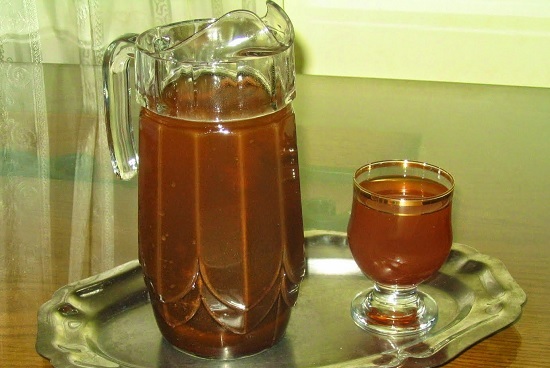
Although it is less commonly consumed nowadays, Doum juice comes from the Doum palm, which has a sweet and gingery taste. Doum stabilizes blood pressure, lowers blood cholesterol level, and helps with respiratory problems.
To prepare: After grinding the doum fruit, add sugar, and place the mixture in a pot while mixing thoroughly. Add water to the mixture, and let it boil for 10 minutes, then refrigerate and serve cold.
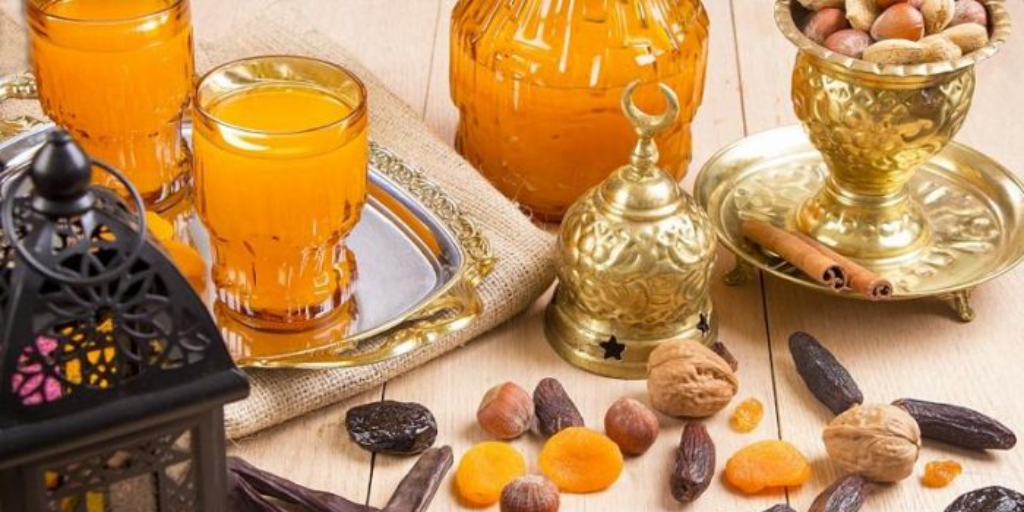





Comments (9)
[…] we can sometimes overdo it. One thing most people don’t pay too much attention to are drinks. Traditional recipes of karkade, amar el din, and erk sous are laden with sugar, not only are they […]
[…] Quench Your Thirst With the Most Popular Ramadan Beverages in Egypt Anissa Hassouna Passes Away Aged 69 After Long Battle With Cancer […]